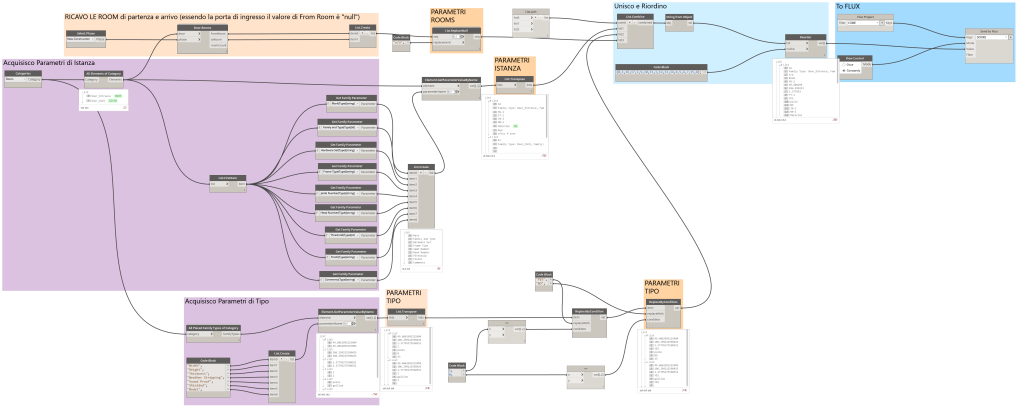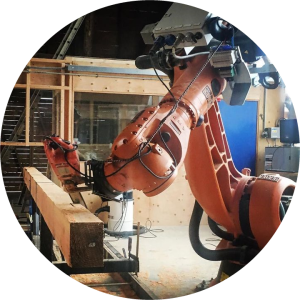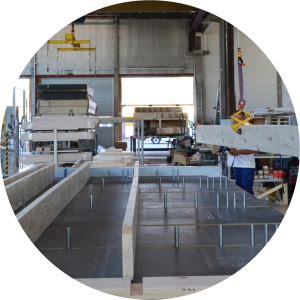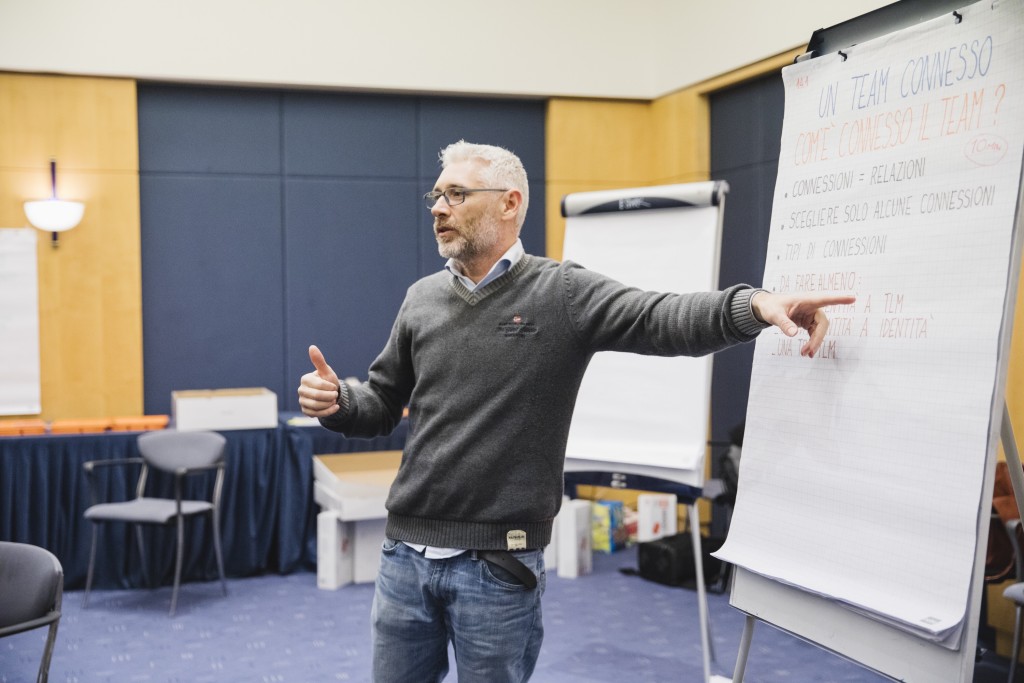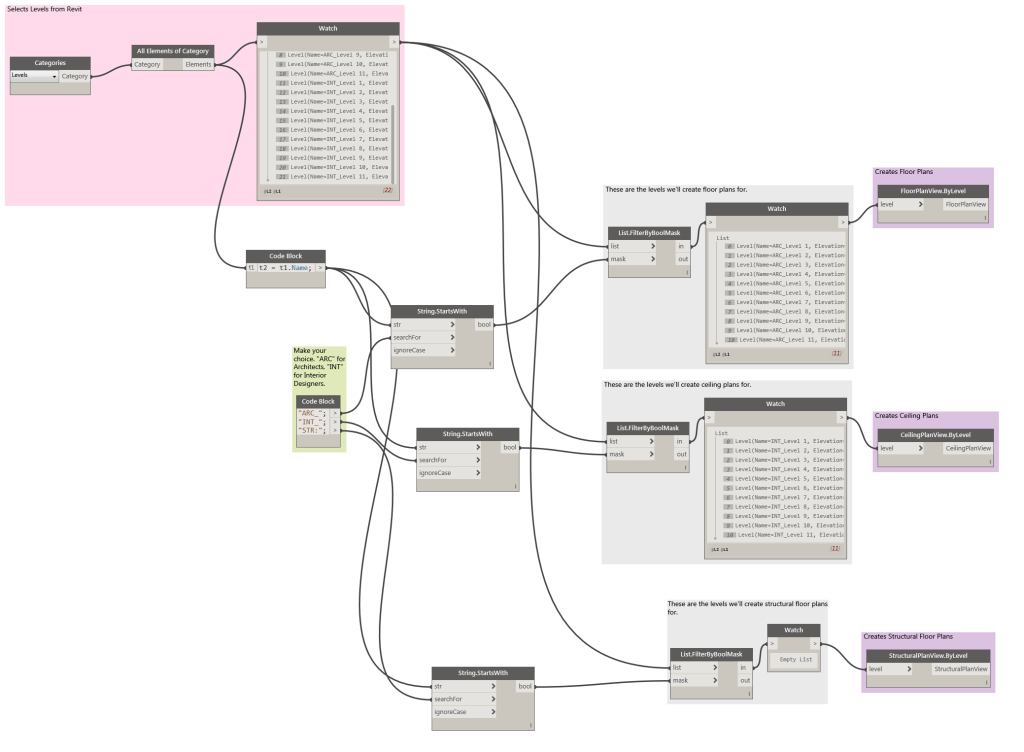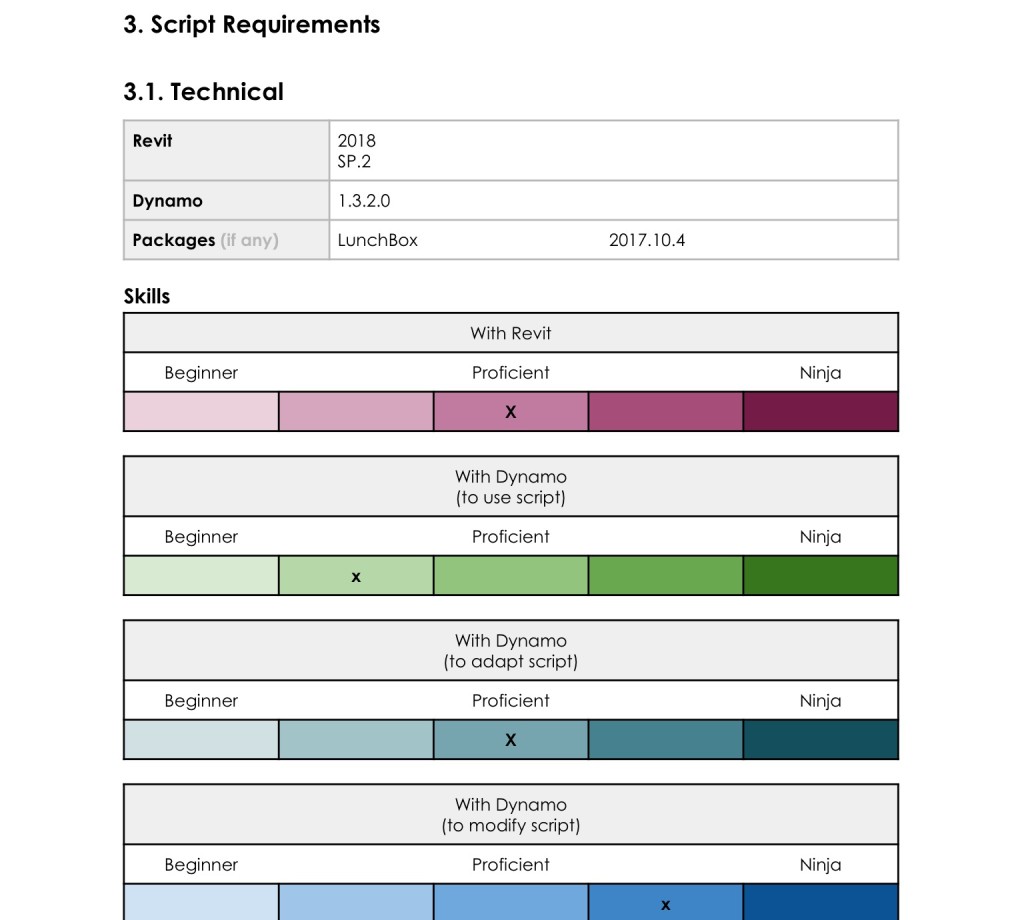Keener and Keener
Here we go again and yes, another round has passed. The third round of our MasterKeen came to an end, and what an amazing semester has been. Another sixteen BIM specialists came out from what can be now described not only as the best but also as the most imitated master in Italy. We’re proud […]
Here we go again and yes, another round has passed. The third round of our MasterKeen came to an end, and what an amazing semester has been. Another sixteen BIM specialists came out from what can be now described not only as the best but also as the most imitated master in Italy. We’re proud of that.
The world around us is changing fast, and I’m talking just about the things that matter to our profession. We’ve had our law on public procurement and BIM, this year, the whole ISO/CEN/UNI norm framework is progressing fast, new case studies are being published every day. And that’s just on the regulation side. On the technical side, software is getting better and better, Dynamo is really mature and it’s time to step up, make it collaborative and effective on a corporate level. In a hitorically overcrowded category such as architects, if you know how to manage these things… well, the sky is the limit, really.
So here we are, fast approaching the end of the journey. What we usually do is provide this students with a solid basis of Autodesk Software (they’ve got three Certified Professional Exams to prove that) and then step it up, through principles of coordination, teamwork, standards, data managemen, computational design.
Some of the things we did this year were really exciting and I’m particularly proud of them.
1) A COBie export workshop. Pick a COBie table from the provided templates and you’ll soon realize that, no matter how small and neat your model is, Revit doesn’t immediately allow you with all the needed data at your fingrtips. How to extract the finishings of a wall by orientation? How to put into the correct relationship all the fields composing a sheet number and have them flow around in a seamless, smooth way? Sure you can buy a plug-in and pretend everything is alright, but the truth is that the answer largely depends on how you modelled the stuff and there’s no standard for modelling. And without a standard there can’t be any automation. So what we did was picking a very small model (Le Corbusier’s house for an artisan, you might have seen me using that already) and try out some automation on that. Dynamo, mostly, combined with Flux and your very friendly neighbour, Google Drive. Have you ever tried to create a relationship between room parameters and actual modelled finishings in walls and floors? Then you know what I’m talking about.
2) An IFC Interoperability Workshop. You know how they say? If you’re aiming for a mature BIM workflow you should use IFC. Let me say, that’s bullshit. A mature BIM workflow has to do with information and data and has absolutely nothing to do with something trivial as a file extension. What they should be saying though is that you cannot afford to use IFC unless you have ai airtight and really mature workflow in the native formats beforehand. To prove this, we messed around with some really bad and really good datasets (courtesy of BIMobject) and saw once again what happens when you try and apply automation (the export protocol) to a model that didn’t follow the needed standards. We monitored loss of data, its causes, and did a little experimenting about the whole set of consequences of the fact that IFC is missing the whole “family” concept.
3) Fabrication workshop. We’ve been doing this for a couple of times now, courtesy of my colleague Claudio, but it’s always interesting. Which kind of data you have to export from a complex system such as those in the pictures? Well, I’m not going to spoil the fun giving you the answer: just tag along and jump on one of these workshops if you get the chance. There’s roleplaying, dynamo and a dancing penguin.
4) Team Building using LEGO Serious Play. This also is not new, but it’s the first year I joined the crew of certified facilitators in the method and this thing Emiliano Segatto and Simone Pozzoli are doing is so exciting I will jump at the opportunity to talk about it again. Have you ever heard of “team building”? Well, the term is used very freely and very loosely. Usually team building workshops and confused with team bonding initiatives and the two are completely different things. In team bonding, you strenghten connections and you might create bonds that were not there before, it’s something really important and I don’t want you to think that I think it’s not, but you don’t really build anything, from my point of view. You don’t allow the team to shape its own identity. You don’t allow structures that are different from the one you had in mind. You sill have people working at a suboptimal level and not expressing themselves with their full potential. LEGO SERIOUS PLAY allows you to tackle the topic from a totally different perspective. The team really builds its own identity, based on personal aspirations and inclinations, talents (both tapped and untapped), desires.
5) a Project Set up Automation workshop. Do you know how boring is it to set up a new project? Levels and grids to create, floor plans and elevations to set up, view templates to apply and so on so on so on. Up until a certain degree, you can automate all this. Should you not be able to attend our master, you can have an idea of what I’m saying if you follow Ian Siegel’s “Dynamo for BIM Managers” course on Lynda.com, though that’s Dynamo for what we call BIM Coordinators, really. We take different angles on the subject and of course we use different scripts but the concept stays the same.
6) a template for documenting Dynamo Scripts. You know when they say “download documentation” and it’s never there? Well, documentation for code serves different purposes: to alow users to put the code into use; to allow managers to understand if implementation of such code is feasible in the Firm; to allow fellow coders to take and improve on such a code. It’s useful. More than that: it’s necessary. More than that: it’s vital. With the guys, we started working on different documents to see if it was possible to propose a sort of template to the existing community. The final work might get presented to the next Dynamo Meetup, because so far we’ve had some very interesting insights.
7) Who did this?
Probably the most exciting project: a game of Clue (Cluedo in Italian) for the training center. Who’s the killer? Maybe it was Neri in the studio with the Plumbing Fixture? Or was it Chiara with the PAS 1192-2? I’m sure it was her. It’s always her.
Once again a big thanks to all instructors who contributed to these amazing months of training (including but not limited to, only the best instructors you can find on the market: Simone Pozzoli, Neri Lorenzetto Bologna, Diego Minato, Giovanni Colombo, Davide Facchetti, Paolo Quadrini, Matteo Giani and Sincerely Yours.
See you next time and keep an eye on these guys!
Giacomo Farioli
Simone Magliano
Giacomo Mega
Alessandro Pedretti
Gioele Foschi
Maura Rotelli
Antonio Alessi
Edoardo Biasi
Flavia Maccarone
Andrea Triverio
Pietro Ferraris
Gianluigi Zonni
Lorenzo di Folco
Maria Cristina Napolano
